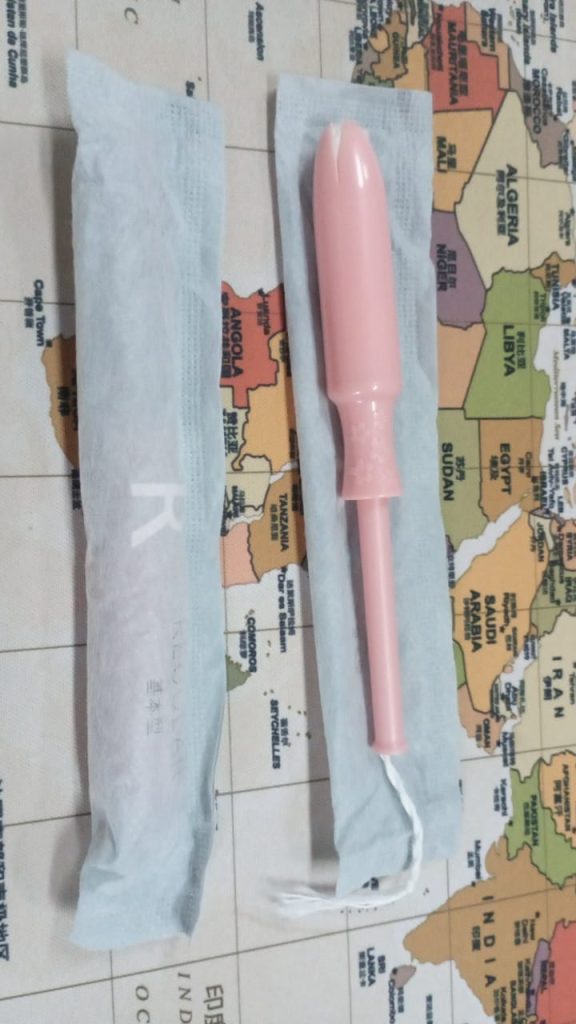Tampons
Tampons, also known as sanitary tampons, is a cotton cylinder, mainly made of cotton, artificial fiber or a mixture of these two materials, with a diameter of 1 cm to 1.9 cm, and a cotton thread at the end ( drawstring).
Tampons are mainly made of cotton, rayon or both, and can be inserted into the vagina to absorb menstrual blood when a woman’s menstruation comes. A tampon user may use more than 11,000 tampons in her lifetime.
Development History
Women in ancient Greece would wrap sackcloth over wood and use it as a tampon.
Catheter-type tampons were invented by Dr. Earle Haas of Denver, USA in 1929, patented in 1931, and listed in the United States in 1936. Another way of saying is that tampons are feminine products designed by a female gynecologist in West Germany in 1950. Because the use of tampons does not affect clothing and sports, it is loved by many people, and European and American women use it more. As Asians traditionally dislike suppositories, tampons are rarely used among women in Asian countries.
Structure and Type
Mixed materials, available in sizes from 1 cm to 1.9 cm in diameter, with a cotton thread (drawstring) attached to the end. The degree of arc of the tip of the tampon varies from brand to brand, allowing users to choose according to their own usage habits. There are often linear or diagonal indentations on the body of the tampon, which can increase the drainage capacity of the tampon, and can fit the vaginal wall when it absorbs menstrual blood and swells. Catheter-type tampons are attached with paper or plastic catheters, which are convenient for users to introduce tampons. The overall structure of the catheter is further divided into an outer tube and an inner tube. The surface of the outer tube is smooth and the front end is rounded for easy insertion. The front end of the outer tube has a petal-like opening. The function of the inner tube is to push the tampon out of the valve-shaped opening of the outer tube in a piston-like manner.

